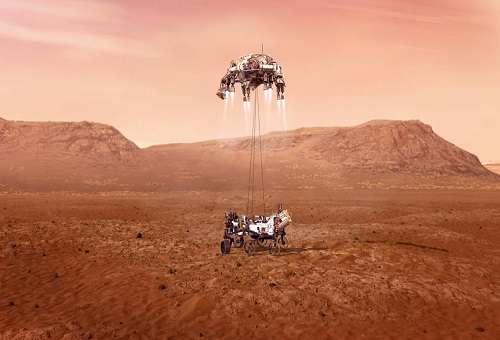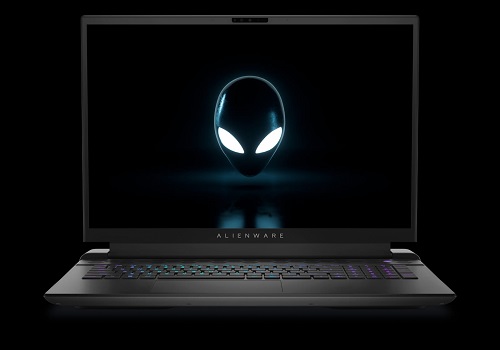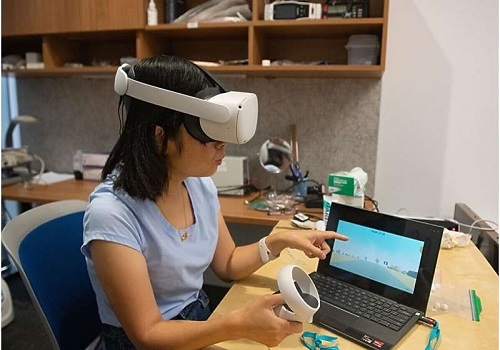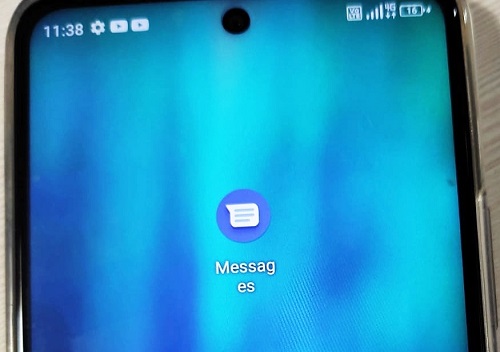NASA's first Mars sample collection mission prepares to land

Follow us Now on Telegram ! Get daily 10 - 12 important updates on Business, Finance and Investment. Join our Telegram Channel
After a nearly seven-month journey to Mars, NASA's Perseverance rover, its first mission to collect Martian broken rock and dust, is slated to land at a tricky terrain of the Red Planet on February 18.
The rover will characterise the planet's geology and past climate and pave the way for human exploration of the Red Planet.
The Perseverance rover, NASA's most sophisticated rover yet, will try to land at the Red Planet's Jezero Crater.
But the very features that make the site fascinating to scientists also make it a relatively dangerous place to land -- a challenge that has motivated rigorous testing here on Earth for the lander vision system (LVS) that the rover will count on to safely touch down.
"Jezero is 28 miles wide, but within that expanse there are a lot of potential hazards the rover could encounter: hills, rock fields, dunes, the walls of the crater itself, to name just a few," said Andrew Johnson, Principal Robotics Systems Engineer at NASA's Jet Propulsion Laboratory (JPL) in southern California.
"So, if you land on one of those hazards, it could be catastrophic to the whole mission."
Enter Terrain-Relative Navigation (TRN), the mission-critical technology at the heart of the lander vision system that captures photos of the Mars terrain in real time and compares them with onboard maps of the landing area, autonomously directing the rover to divert around known hazards and obstacles as needed.
"For Mars 2020, LVS (lander vision system) will use the position information to figure out where the rover is relative to safe spots between those hazards. And in one of those safe spots is where the rover will touch down," explained Johnson.
The lander vision system allows the rover to determine its position relative to the ground with an accuracy of about 200 feet or less.
That low margin of error and high degree of assurance are by design, and the result of extensive testing both in the lab and in the field.
"Real life can always throw you curve balls. So, we'll be monitoring everything during the cruise phase, checking power to the camera, making sure the data is flowing as expected," explained JPL's Swati Mohan, guidance, navigation, and control operations lead for Mars 2020.
"And once we get that signal from the rover that says, 'I've landed and I'm on stable ground,' then we can celebrate."
She'll be at Mission Control for the landing, monitoring the health of the system every step of the way.
Known by the team as the "Seven Minutes of Terror," the entry, descent, and landing for Perseverance will be broadcast live as the rover arrives at Mars on February 18.
























